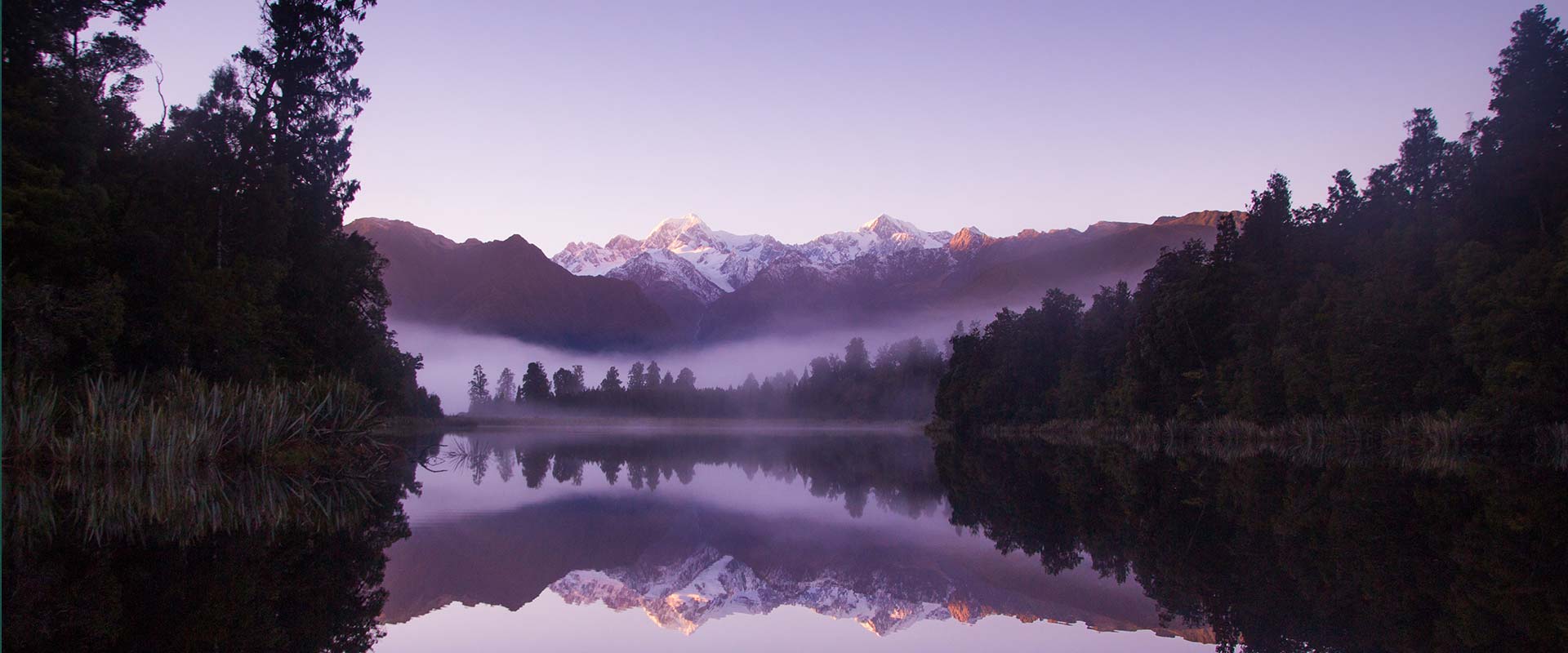Application of Physiographic Science to the Northland Region: Preliminary Hydrological and Redox Process-Attribute Layers
June 2018
Water quality outcomes can vary spatially across the landscape, even when there are similar land use pressures. These differences are often the result of natural spatial variation in the landscape, which alters the composition of the water through coupled physical, chemical and biological processes. The physiographic approach is an integrated or ‘systems view,’ predicated upon the spatial coupling between landscape attributes and the key processes (e.g. hydrological and redox) governing water quality outcomes in surface water and shallow groundwater. In this application of physiographic science to the Northland Region, existing geospatial data, multidisciplinary knowledge, and water quality and hydrochemical data have been used to produce a preliminary classification of the hydrological (H-PAL) and redox (R-PAL) process-attribute layers. Although preliminary, both the H-PAL and R-PAL are considered a current best estimate of the likely key hydrological and redox gradients, that in addition to land use, are thought to govern spatial variation in water quality outcomes across the Northland region.
The preliminary hydrological process-attribute layer includes mapping:
- Hydrological domain for water source
- Overland flow
- Lateral flow
- Artificial drainage
- Deep drainage
The preliminary redox process-attribute layer includes mapping:
- Soil reduction potential
- Geological reduction potential
- Combined soil and geological reduction potential
Knowledge of how and why water quality outcomes vary in space, and ultimately in time, is a powerful basis for more effective and targeted management of natural resource use including the identification of what mitigations are likely to be best suited to a particular setting to improve water quality. Future work looks to further refine and subsequently test the validity of the mapping produced here in terms of its ability to estimate spatial variation in surface water and shallow groundwater quality across the Northland Region. Accompanying this report is a GIS map package.
Land and Water Science Report 2018/11
 View Our Strategy Document 2019 – 2024
View Our Strategy Document 2019 – 2024



